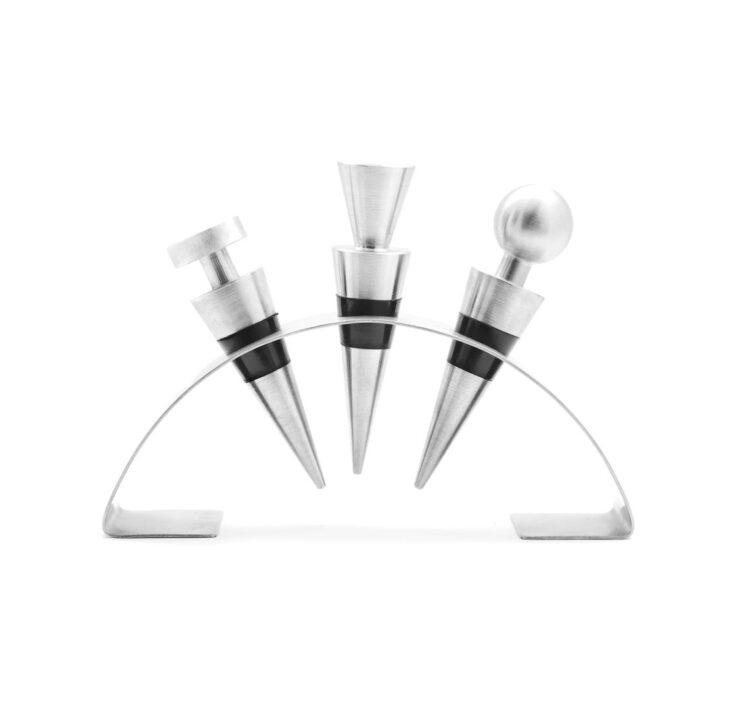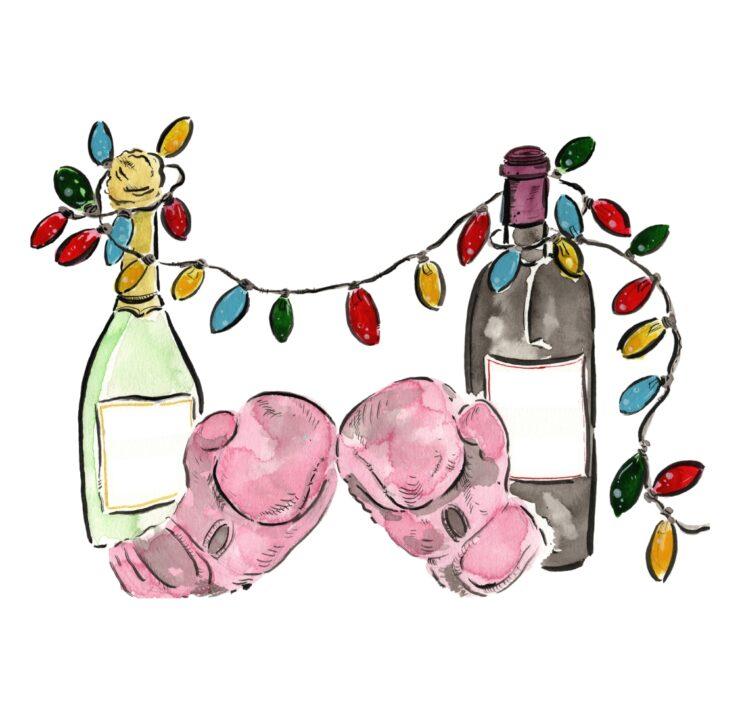For many wine enthusiasts, collecting and storing wine is an art form, a skill. But for the average consumer who may purchase a bottle of wine to enjoy the same evening, storing wine can be confusing, complicated, and space-consuming. It doesn’t need to be, though. When storing wine to drink next week, next month, or even within the year, there are fewer guidelines to follow than if you’re holding wine for two or ten years.
Following a few simple wine storage tips can make storing wine less stressful and more approachable and ultimately elevate the overall experience to one of ease and enjoyment. And who knows, once you get these basics down, who’s to say you won’t want to learn more?
Storing Whites Versus Reds Versus Bubbles
Store wines with a cork (both red and white) horizontally to keep the cork moist. The moisture prevents oxygen from permeating the bottled wine, as it has already reacted with the wine seeped into the cork. Suppose the cork lacks moisture, like from improper vertical storage. In that case, the oxygen will react with the wine causing it to become corked, meaning the wine has gone bad, smelling and tasting unpleasant, reminiscent of soggy cardboard.
The exception is sparkling wines, like Champagne or Cava. While they often sport a cork, the consistent pressure inside the bottle (due to carbon dioxide, aka the bubbles) keeps the cork moist regardless of the bottle’s position. You can store bubbly wine standing up on a bar cart, pantry shelf, or in the fridge.
Where To Store Wine
A wine fridge is a luxury; even small fridges that hold up to eight bottles aren’t cheap. So, suppose you’re not ready to make the investment. Start by purchasing a sturdy wine rack and keeping it in a cool, dark spot. A basement, closet, or corner with a steady temperature are all perfectly good examples of short-term storage.
All wines benefit from storage in a cool environment, with the ideal temperature averaging a consistent 55°F (13°C). When wine is stored in areas that are too warm (above 70°F/21°C), it will either age too quickly or become ‘cooked’— essentially bad.
On the other hand, if wine is stored in areas that are too cold (under 50°F/10°C) for a prolonged period, the cork can dry out, risking spoilage. Wines should only be kept in a standard refrigerator for up to a month as their temperatures (40-45°F / 4-7°C) are too cold for long-term wine storage.
How To Store Nice Wine Received as a Gift
If you’re lucky enough to receive an elegant vintage that requires some aging time, remember that most producers don’t release a wine until it’s ready to drink. So, it’s up to you to decide how long you want to store the wine before enjoying it. However, realize that improper storage could hinder flavor development.
Try researching the label online if you can’t decide when to drink the wine. Winemakers usually suggest a range of years to consume the bottle and include tasting notes for each stage.
Wine Storage Tips for an Open Bottle of Wine
An open bottle of wine typically won’t last more than five days, even if you recork it. That’s because a wine’s quality deteriorates the longer it’s in contact with air.
Wine experts and industry professionals rely on several tools to help prolong a wine’s shelf life, like a wine vacuum pump that removes air from an open bottle to simulate the original airtight seal. There are also devices like the Coravin wine preservation system that allows you to pour a single glass of wine without ever opening the bottle.
Lastly, pop the bottle in the fridge; five days might stretch to seven.







